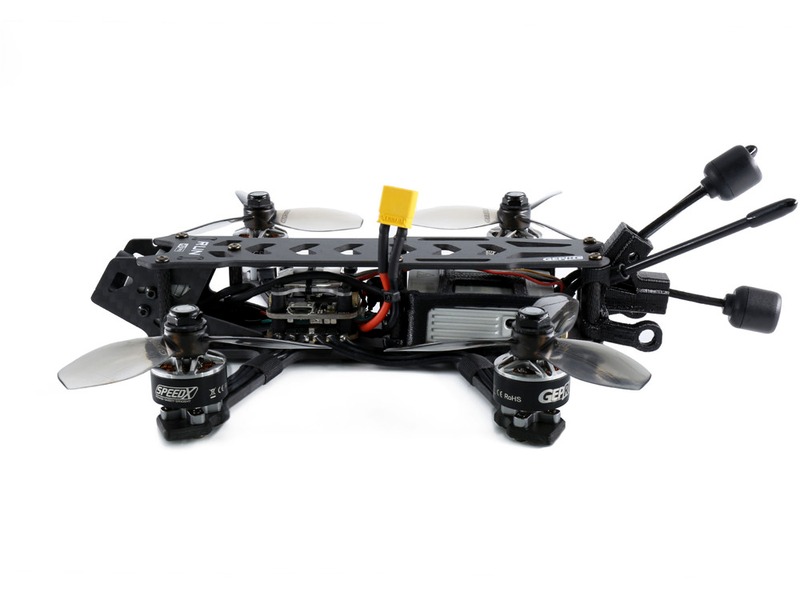Can ATC see drones on radar?

Yes, ATC (Air Traffic Control) can see drones on radar. Radar is a system used to detect objects that are moving in three-dimensional space, such as aircraft and drones. ATC radar systems can detect and track objects such as airplanes and helicopters, as well as unmanned aerial vehicles (UAVs).
Radar systems use electromagnetic waves, which are reflected off objects such as aircraft and drones, in order to detect their presence. The reflected waves are then used to calculate the object's location, speed, and direction. ATC radar systems can detect and track objects that are within a certain range, typically up to a few hundred miles away.
The type of radar system used by ATC to detect and track objects such as drones depends on the type of drone and its intended use. For instance, UAVs that are used for recreational purposes, such as racing and flying photography, can be detected by ATC radar systems using small, low-power sensors. However, UAVs that are used for military or commercial purposes require more sophisticated radar systems, such as those used by the Federal Aviation Administration (FAA).
It is important to note that ATC radar systems are not always able to detect drones. This is because the range of the radar system is limited and the object must be within the range of the radar in order for it to be detected. In addition, some drones are equipped with anti-radar systems, which can reduce or even block the radar signal.
In addition to radar, ATC also uses other systems to detect and track drones. For instance, ATC can use radio frequency (RF) systems to detect and track drones. RF systems are used to detect and track objects that are transmitting radio signals, such as drones equipped with wireless communication systems. ATC can also use optical systems, such as cameras and infrared sensors, to detect and track drones.
In order to ensure the safety of aircraft and people on the ground, the FAA has implemented regulations for drones, including the requirement for all drones to be registered with the FAA and to have a unique identification number. This registration requirement helps ATC to identify the drones that it detects and track them.
In conclusion, ATC can see drones on radar, but the range of the radar system, as well as the use of anti-radar systems by some drones, can limit the effectiveness of radar in detecting drones. ATC also relies on other systems, such as radio frequency and optical systems, to detect and track drones. Finally, drone registration with the FAA ensures that ATC can identify the drones that it detects and track them.

